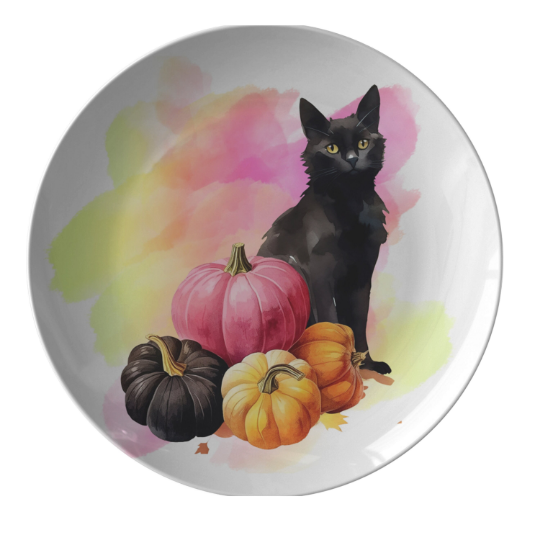 Be careful when adding a new dog to your family when you have a dog already. Some dogs simply will not get along with a new dog being introduced into the household. Certain breeds and individuals can be territorial and possessive; his opinion is, “this is my house, my toys, my food, my owner, my bed, etc.” The new dog is viewed as an intruder. A good test is to have friends bring their dog over to your house and see how your dog reacts. If this ends up being an unpleasant experience, that’s what will probably happen when you bring home a new dog.
Be careful when adding a new dog to your family when you have a dog already. Some dogs simply will not get along with a new dog being introduced into the household. Certain breeds and individuals can be territorial and possessive; his opinion is, “this is my house, my toys, my food, my owner, my bed, etc.” The new dog is viewed as an intruder. A good test is to have friends bring their dog over to your house and see how your dog reacts. If this ends up being an unpleasant experience, that’s what will probably happen when you bring home a new dog.
Sometimes dog owners make the mistake of paying so much attention to a new puppy that the dog that has been a loyal friend gets neglected, causing resentment. Even though a puppy is great fun, make sure you don’t forget to play with your old friend, too.
Your research into your new dog’s breed characteristics can provide clues about how well he will get along with your dog, but you must have the same knowledge about your existing dog to see if the two are a good match. If all works well, and you introduce the new dog with care, you can convince your existing dog that you are rewarding him with a new friend.
If you are adopting your dog from a shelter, many of them allow you to bring your existing dog in and see if the two can get along. They have private areas where all the prospective new family members can meet each other. This is especially effective because it is on neutral territory. Your dog will not feel threatened by a new dog coming into his space. If you are selecting a puppy, the breeder may let you do the same thing. Keep in mind that certain breeds are predisposed to not get along; one may be too dominant; one may be dangerously aggressive to other breeds. The staffs at animal shelters often have information on what breeds work best together.
Keep the two dogs separated as in separate rooms when not supervised. If the dogs can see each other, stress levels can rise. Only let the dogs be with each other if you’re in the room. If necessary keep each dog on a leash, so you can control them. Walking each dog on separate leashes but together is a good way to get them used to each other.
Having more than one dog—assuming they get along—can be of tremendous benefit to both you and the dog. Many dogs need more attention than an owner can reasonably provide; the second dog provides some of this attention for you. The two dogs will form their own little “pack” and play and romp together. This keeps them both active, alert and may even help with fitness and weight control.

